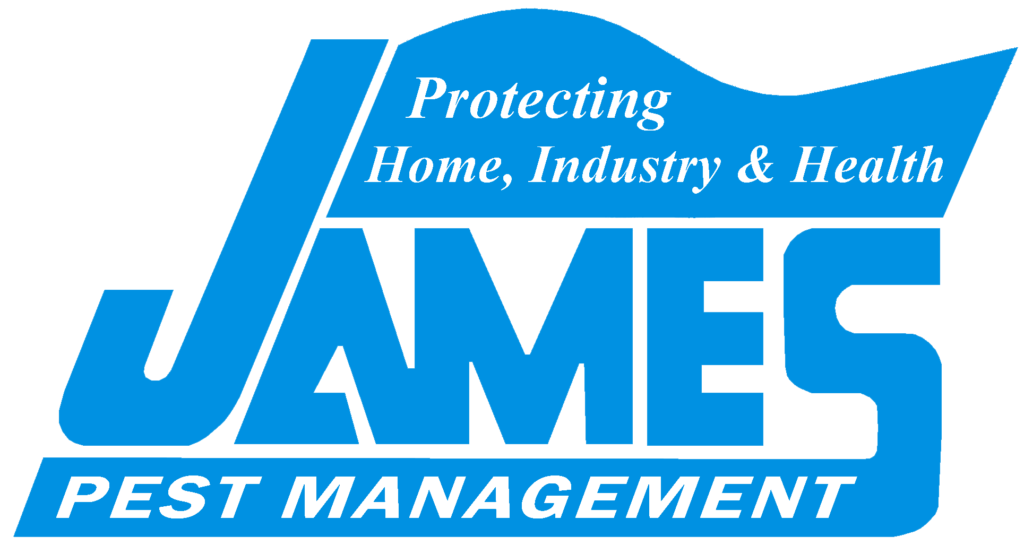As urban and rural landscapes evolve, the delicate dance between humans and rodents remains a constant challenge. James Pest Management, a leading authority in rodent control, is here to help you navigate the fascinating yet sometimes daunting world of rat behavior and lifecycle. This comprehensive guide will unravel the mysteries surrounding these intelligent yet often misunderstood creatures. Our expert team at James Pest Management will provide you with essential insights, practical tips, and valuable information to better understand rats and their unique characteristics.
From their incredible adaptability and remarkable survival skills to their complex social structures and intricate communication methods, rats undeniably impact our lives. Whether you’re a homeowner looking for ways to prevent infestations or a curious individual intrigued by the world of rodents, this guide is for you. So, join us on this enlightening journey as we delve into the captivating realm of rat behavior and lifecycle, empowering you to coexist with these creatures more harmoniously and effectively.
Rat Behavior and Lifecycle
Rats are sneaky creatures that can enter your home without being detected. Unfortunately, they can cause significant damage to your property, carry diseases, and pose a health risk to you and your family. Therefore, it is crucial to recognize the signs of a rat infestation so that you can take the necessary steps to eliminate the problem. Here are some of the most common signs of a rat infestation:
Rat Behavior
- Social structure: Rats are highly social animals that live in groups called packs. They have a hierarchical structure, with dominant males and females leading the group. These leaders have access to the best resources, including food, shelter, and mates.
- Communication: Rats use various methods to communicate with each other, such as vocalizations, body language, and scent marking. Ultrasonic vocalizations, for example, are used to convey distress, mating calls, or warnings.
- Adaptability: Rats are incredibly adaptable creatures, capable of surviving in various environments. They can easily adjust to new surroundings and are known to exploit human-made structures for shelter and sustenance.
- Foraging and feeding: Rats are omnivorous and will consume various food sources. They are opportunistic feeders and strongly prefer high-calorie, protein-rich foods. Rats forage mainly at night and can travel significant distances for food.
Rat Lifecycle
- Birth: Rat litters typically consist of 6–12 pups, born hairless and blind. The gestation period for rats is approximately 21–23 days, making their reproductive rate quite high.
- Development: Pups develop rapidly, opening their eyes after around two weeks and beginning to explore their environment. By three to four weeks of age, they are weaned from their mother and start to consume solid food.
- Maturity: Rats reach sexual maturity at around 5–6 weeks. Then, females can produce a new litter monthly, contributing to rapid population growth.
- Lifespan: The average lifespan of a wild rat is around 1-2 years, although some individuals can live up to 3 years in ideal conditions. Predation, disease, and food availability influence their survival rate.
Tips for Managing and Preventing Rat Infestations
Rat infestations can pose a significant threat to both property and public health. To effectively manage and prevent these infestations, it’s important to implement a comprehensive approach that targets various aspects of rat behavior and biology. Here are some extended tips to help you in your efforts:
- Landscape maintenance: Keep your yard tidy and well-maintained to reduce hiding spots and nesting areas for rats. Trim overgrown vegetation, remove piles of wood or debris, and avoid excessive mulching around your property. Maintain a gap between plants and structures to minimize potential pathways for rats.
- Bird feeders: If you have bird feeders, ensure they’re rat-proof and regularly clean up any spilled seed. Rats can easily climb poles to access feeders, so consider adding baffles or other barriers to prevent their access.
- Pet food: Don’t leave pet food outside overnight, as it can attract rats. Instead, provide your pets with the necessary food during the day and store any leftovers in airtight containers.
- Composting: If you have a compost pile, make sure it’s properly maintained and turned regularly to discourage rats from nesting. Consider using a rodent-proof compost bin with a secure lid to minimize access.
- Water sources: Eliminate any standing water around your property, as rats require a steady water supply. Fix leaks, clean gutters, and ensure proper drainage to prevent water from pooling.
- Regular inspections: Conduct periodic inspections of your property to identify potential signs of rat activity, such as droppings, gnaw marks, or tracks. Early detection can help you address an infestation before it becomes a more significant.
- Integrated Pest Management (IPM): Implement an IPM approach that combines various techniques, such as sanitation, exclusion, trapping, and biological control. This comprehensive strategy minimizes the reliance on chemical treatments and ensures a more sustainable and effective solution.
- Monitoring: Regularly monitor rat populations on and around your property using non-toxic tracking powders, glue boards, or tracking stations. This will help you determine the effectiveness of your control measures and identify any new areas of concern.
- Rodenticides: If necessary, consider using rodenticides as part of your pest management plan. Always follow label instructions and consult a pest management professional for guidance on the proper application and handling of these products.
- Community effort: Collaborate with neighbors and local community organizations to develop a coordinated approach to managing and preventing rat infestations. By working together, you can address the root causes of rodent problems more effectively and create a healthier, rat-free environment.
Managing and preventing rat infestations requires a multi-faceted approach that combines sanitation, exclusion, monitoring, and control measures. Implementing these tips and working with pest management professionals can reduce rat populations and protect your property and health.
Call Us Today!
Don’t let rats wreak havoc on your property and peace of mind! Trust James Pest Management, the leading experts in rodent control, to provide you with the comprehensive solutions you need. Our highly trained professionals are committed to delivering effective, eco-friendly, and customized strategies to tackle even the most challenging rat infestations.
Take the first step towards a rat-free environment by contacting us today for a free consultation. Together, we’ll assess your situation, identify the most effective course of action, and protect your property and well-being. Visit our website now at https://jamespestmanagement.com/.

